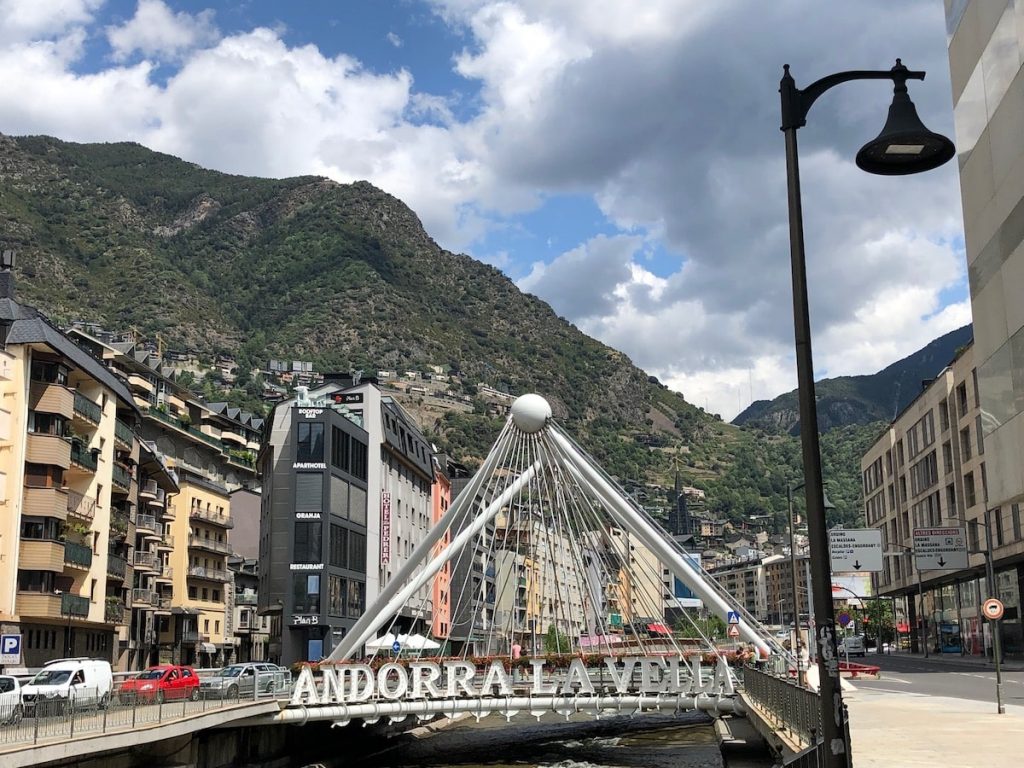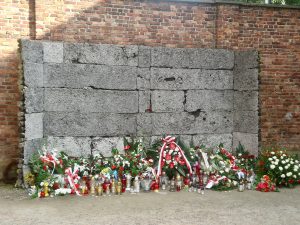The smallest countries in Europe are still somewhat of a mystery to some people and they certainly aren’t the first words on most people’s lips when it comes to planning a Euro trip. The big kids tend to hog a lot of the attention; Germany, France, Spain, Italy… we’ve all heard of them.
These tiny, almost anonymous nations seem to hide amongst the famous maps of the European continent, only seeming to make an appearance as an answer on a pub quiz.
Nations like Andorra hide deep within the Pyrenees between France and Spain, or the Vatican City and San Marino; whose names might have those not in the know think it’s ‘just another Italian city.’
What do the smallest countries in Europe have to offer? I went on a trip to all of them to find out for myself.
Introducing The Smallest Countries in Europe
If you’re keen to venture out and explore some of the smallest countries in Europe, here’s what you need to know in order to travel around them, so you can feel like you’re in some sort of secret society adventure club.
Note that although some of these are official European micronations, this list of small European countries is not directly synonymous with the official microstates of Europe.
I’ll explain how to get there, the main highlights of the country and add a couple of interesting facts for good measure.
With further ado, here is the list of small countries in Europe.
1. Luxembourg 2,586 km² (998.46 sq mi)
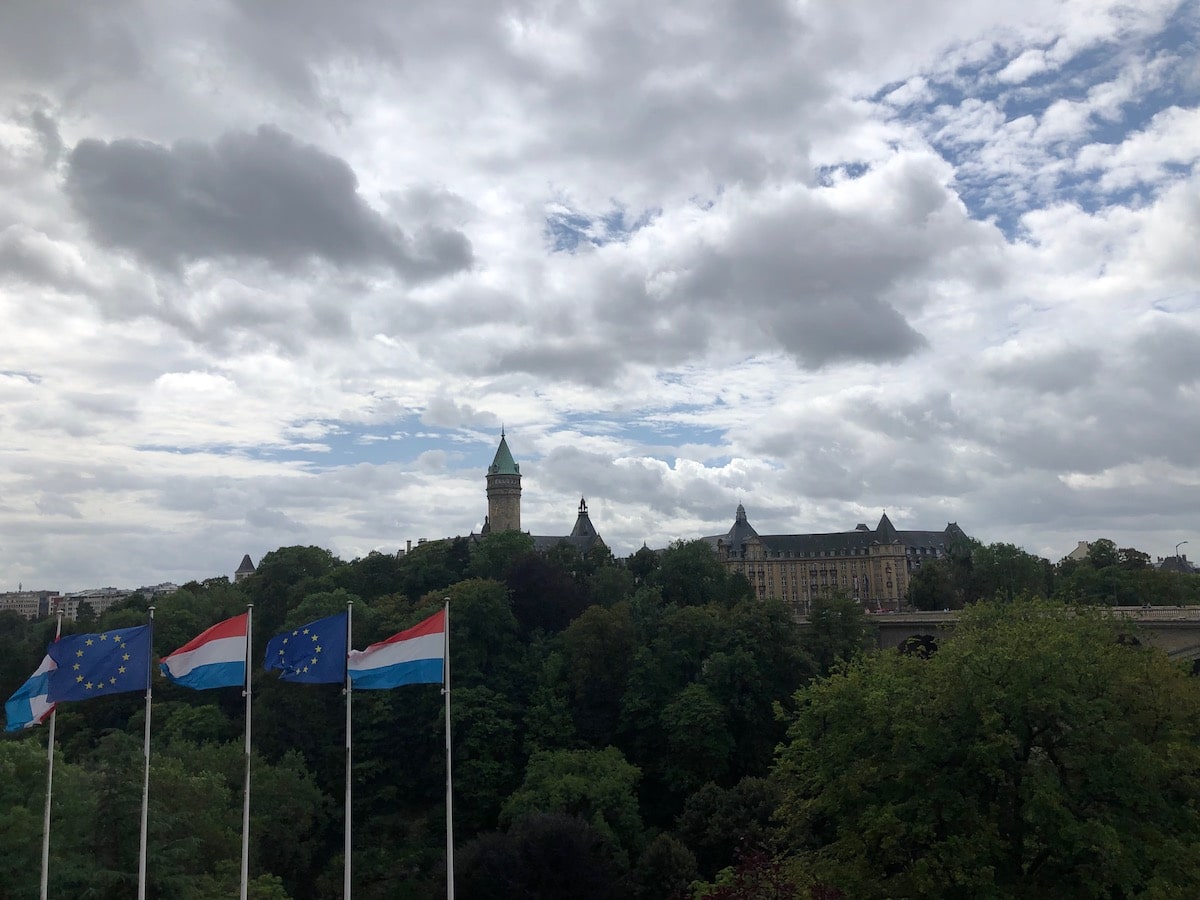
The Grand Duchy of Luxembourg, as it is officially known, is a nation lying between Belgium, France and Germany, with borders on all sides. One of the oldest continuing states in Europe, the Duchy of Luxembourg has run since the 10th century.
Drawing masses of influence from its neighbour states, much of Luxembourg’s culture and history is tangled with that of France, Belgium and Germany.
Most tourist time is spent in Luxembourg City whose Old Quarter is a designated UNESCO World Heritage site. Once one of the most highly fortified cities in Europe, this area of the capital is a fascinating mixture of fortifications, cobbled streets, old buildings and idyllic parks and gardens.
The city’s National Museum of History and Art (Nationalmusée fir Geschicht a Konscht, or (MNHA) is an impressive collection of artefacts from the long history of Luxembourg and is well worth a visit too.
Travelling throughout the wider country, Luxembourg’s northern area is dominated by the beautiful forests of the Ardenne. With quaint towns and villages such as Witz and Clervaux, the area is a picturesque landscape of natural beauty and Luxembourg charm.
For the history buffs among you, this is also the location of Nazi Germany’s final offensive in the West, known as the Battle of the Buldge. You’ll come across a number of museums and memorials to the fighting that took place here in the dying days of 1944.
How To Get To Luxembourg
Luxembourg still classes as a small country in Europe, but as it’s one of the largest it has its own airport (LUX) with more than 4.4 million passengers passing through each year from 86 direct destinations.
With the neighbouring nations of France, Belgium, Switzerland and Germany there are options for trains and arrival by car is drama-free (if you have the patience and time to drive all those hours). The train was a no-brainer for me, it doesn’t get much better than train travel slightly off-peak season in Europe!
2. Andorra 467 km² (181 sq mi)
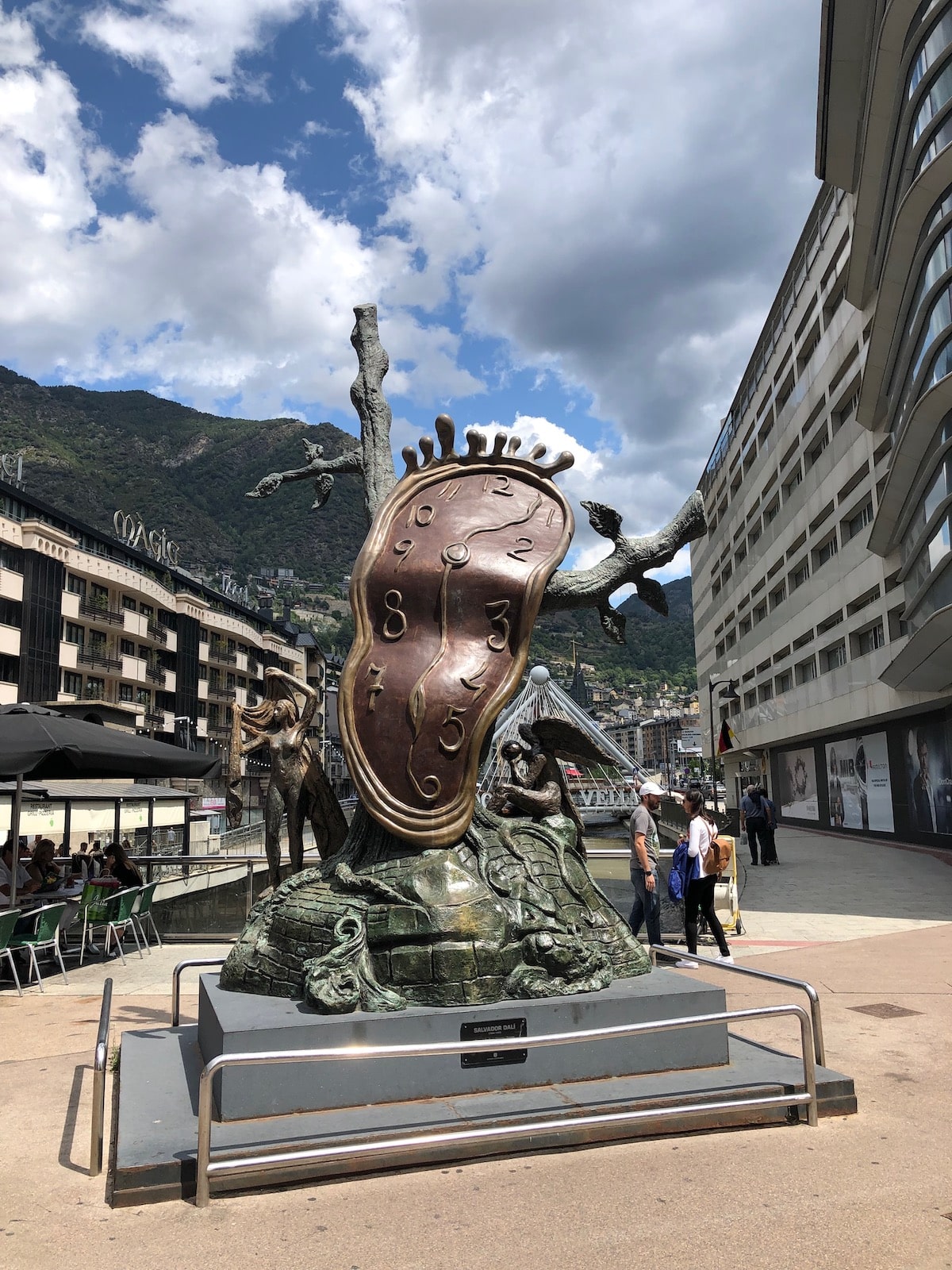
One of the busiest and smallest countries in Europe, the Principality of Andorra lies between the southern border of France to the north and the northern Spanish border to the south so naturally, their cultures intertwine.
Andorra is the 16th-smallest country in the world by landmass and the 11th-smallest by population. The Andorran capital of Andorra la Vella is the highest capital in Europe, situated at an elevation of 1,023 metres above sea level.
The capital is known for its streets of boutique shopping districts, galleries, cafés, and restaurants. There are also a number of beautiful buildings throughout the capital, including the 12th-century Sant Esteve Church.
Andorra is also a nation of extreme natural beauty and harbours a booming skiing culture. The northwest ski resort of Vallnord offers fantastic skiing through the snow-capped peaks of the Pyrenees. During the summer months, the region also provides a network of mountain biking trails through the hills.
Travelling up to the very north of the country will bring you to the idyllic town of Ordino, with its quiet streets and charming buildings that are, in some cases, hundreds of years old. Apart from gazing at the postcard-like landscapes, you can also gaze upon the peaks of Casamanya Mountain.
How To Get To Andorra
Andorra is nestled between the borders of France and Spain, high amongst the Pyrenees mountains. It doesn’t have any international airports or a rail network, so travelling to the country can only be done via its neighbours.
Popular routes into Andorra include flying to the Spanish airports in La Seu d’Urgell, Barcelona, Lleida or Girona and taking a minibus or coach service to the Andorran capital. You can also fly to a number of French destinations and do the same. These include Toulouse, Carcassonne and Perpignan.
I drove from Barcelona, it was a lovely 3-hour drive and I highly recommend it if you have the time and budget.
3. Malta 315 km² (122 sq mi)
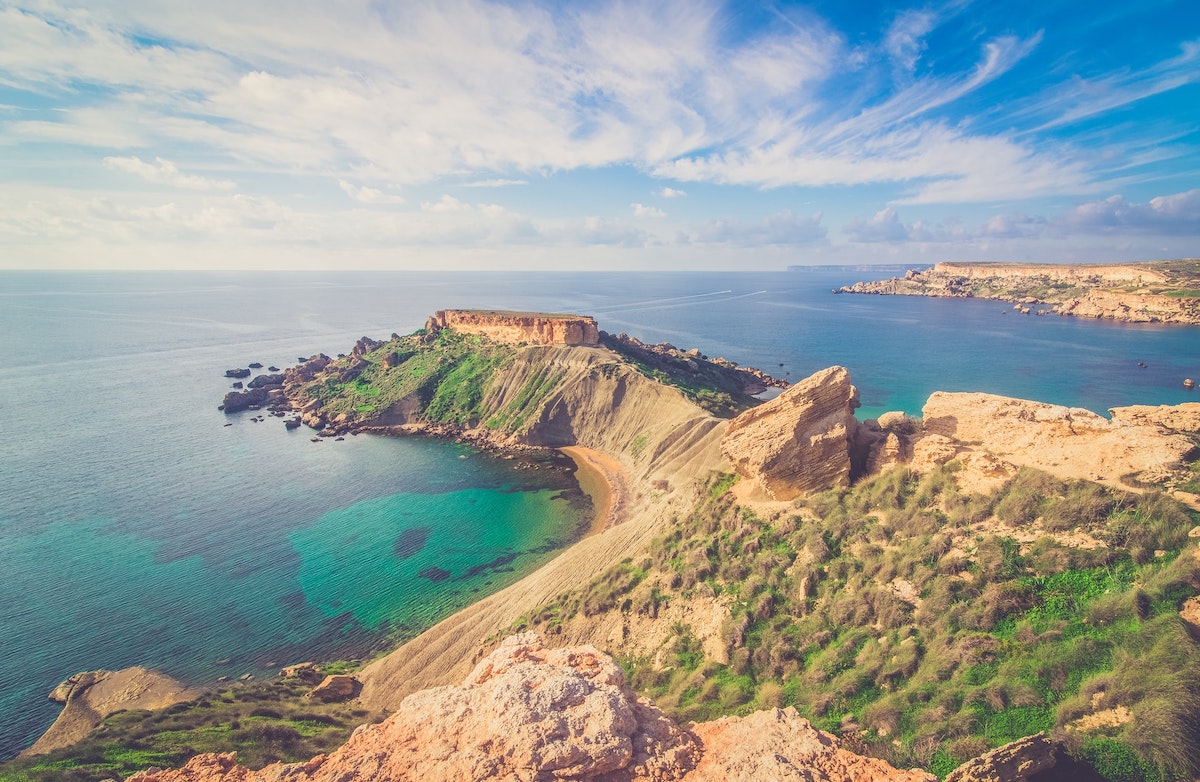
Malta is an island mixed with Mediterranean culture and European history.
With its clear blue water and vibrant reef, Malta is also a diver’s paradise. The numerous Second World War shipwrecks provide a home for a plethora of marine life, many of which are a short distance offshore. The middle island of Comino is also another must-dive spot, home to a network of underwater caves and pristine reefs.
One of Malta’s most fascinating historical sites is the temple ruins of Ġgantija on the northern Maltese island of Gozo. Dating back to 3600-3200 BC, this structure predates Stonehenge and the Egyptian pyramids, making it one of the oldest free-standing buildings in the world.
The patchwork of empires that have ruled over the island has given it a unique feel, including a strong connection with the British. Malta also strikes a gentle balance between being a resort-like holiday destination and some relatively untouched set of islands, allowing visitors to have multiple experiences when visiting the island.
How To Get To Malta
You’ll find Malta in the central Mediterranean, south of the Italian island of Scilly and north of the Libyan coast. The easiest and most common way of getting to Malta is to fly directly to its main international airport on the southern end of the island. You can also take a ferry from the Sicilian city of Catania to Malta which takes between 4 and 7 hours, but not many choose to take this route.
Malta is not only great for one-time or occasional visits but also for taking up permanent citizenship of this beautiful country, and that is because Malta’s citizenship by investment program is the only one of its kind inside the EU.
4. Liechtenstein 160 km² (62 sq mi)
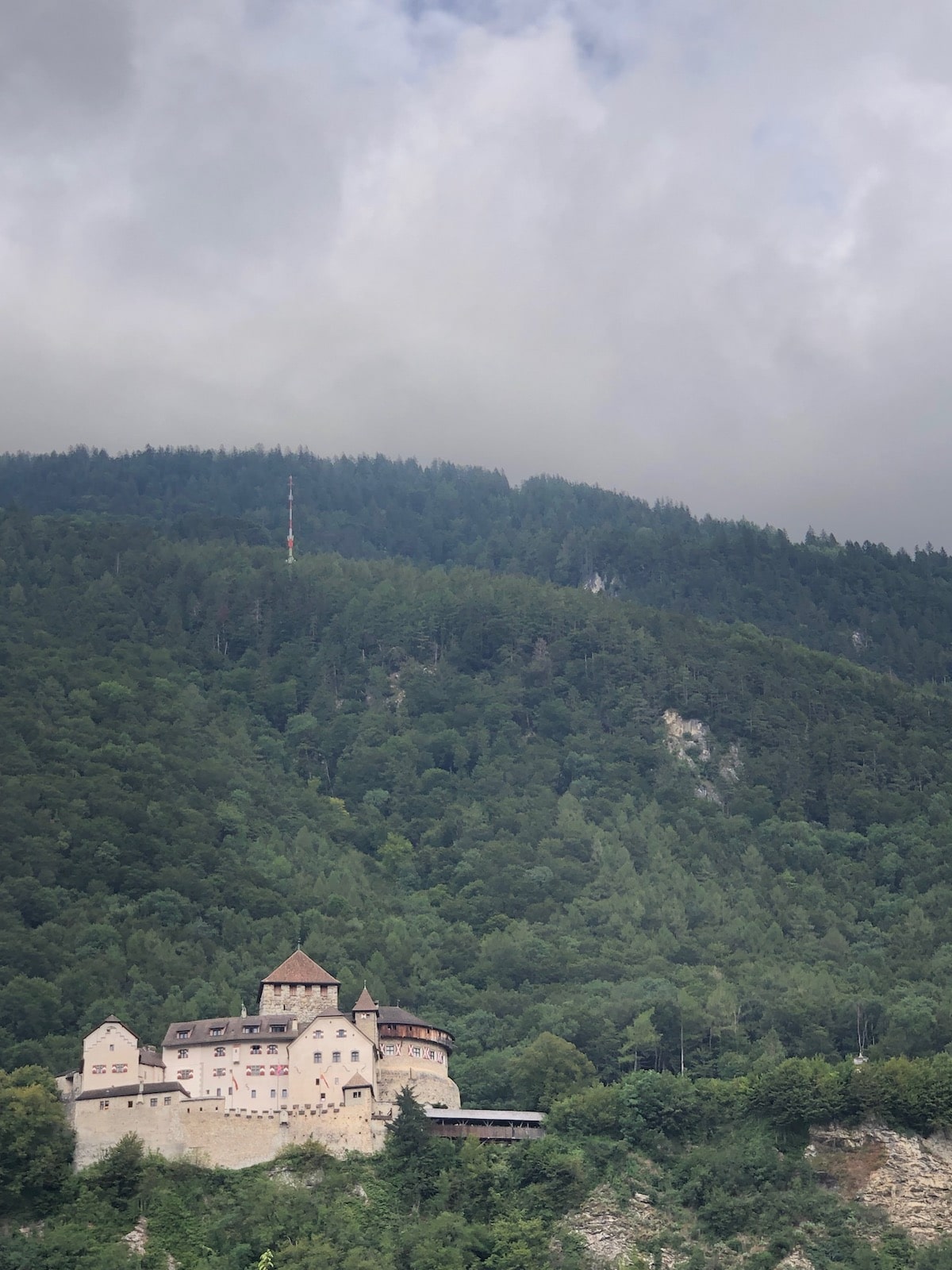
Pronounced “Lich-en-stine” in English. Wedged between the nations of Switzerland and Austria lies the Principality of Liechtenstein, a triangular country in the Upper Rhine Valley of the Alps.
Boasting one of the largest GDPs in the world, Liechtenstein thrives off a booming financial sector, centralised in Vaduz and once known as a billionaire’s tax haven.
Surrounded by the foothills and mountains of the Alps, Liechtenstein is not only a country of outstanding natural beauty but a popular winter sports location too.
Looming large over the backdrop of stunning alpine mountains and hills, Liechtenstein is well known for its impressive castles, and no visit to the country would be complete without visiting at least one.
Vaduz Castle, the most famous in the country, is the home to the Liechtenstein Royal Family and is only open once a year. In the likelihood that you don’t visit Liechtenstein during this auspicious day, there are plenty of other castles to visit.
Gutenberg Castle is one of five castles to be constructed during the early 12th century and epitomises the romantic notion of a Liechtenstein castle. Overlooking the charming town of Balzer, the castle offers tours in both English and German, taking visitors back through the centuries of Liechtenstein’s history.
With a myriad of alpine foothills, walking tours of the country are a popular way to see Lichtenstein and famous above all these is the Princes’ Way Hike. Winding its way through the Rätikon Mountains, this six-kilometre hike allows you to really soak up the best of Liechtenstein’s countryside.
How To Get To Liechtenstein
Liechtenstein is located in the central European Alps, with Austria to its east and Switzerland to its west. The fastest way to get to Liechtenstein is to take a flight to the Swiss city of Zurich and then take a two-hour train journey to the Liechtenstein capital of Vaduz.
5. San Marino 61.2 km² (24 sq mi)
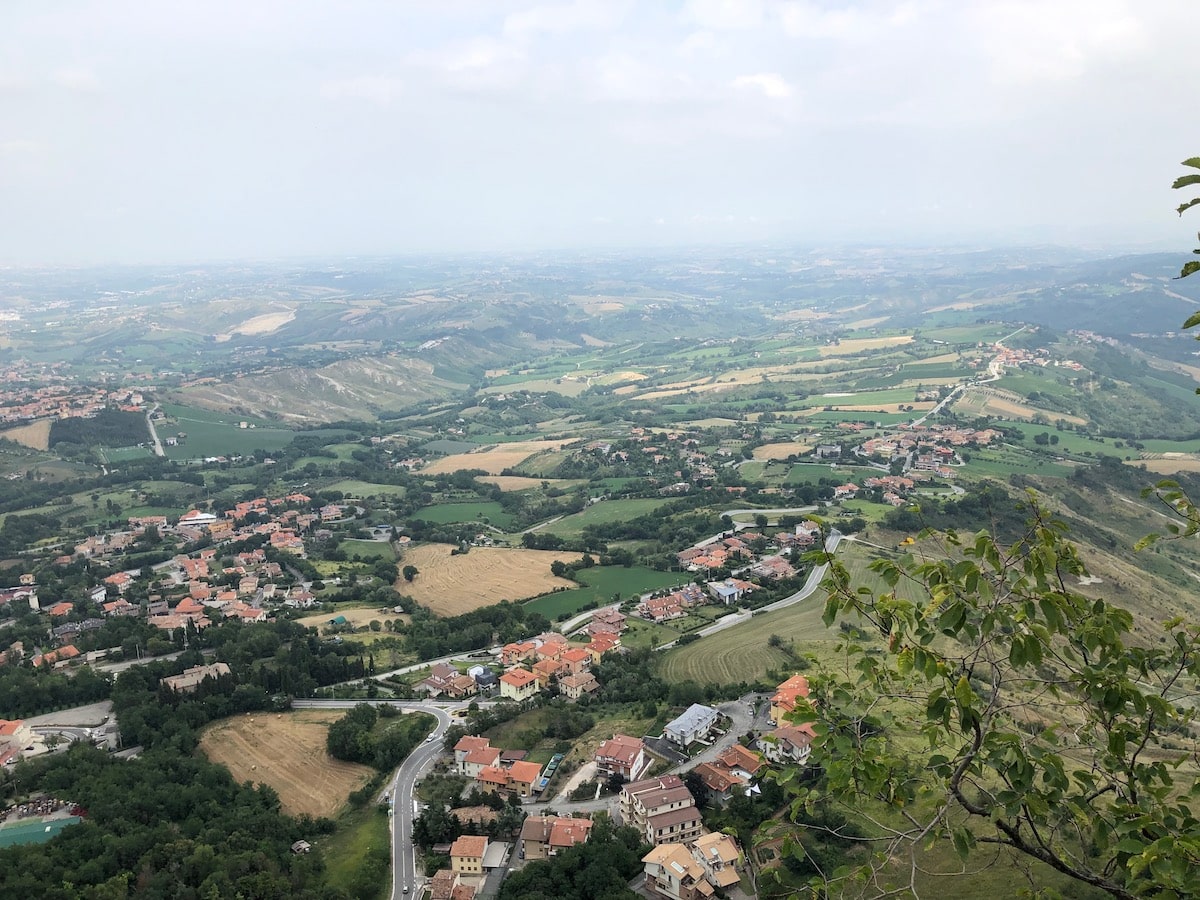
Keeping with the theme of the hilly topography of tiny countries is the nation of San Marino. Surrounded on all sides by Italy, the Republic of San Marino is arguably the world’s oldest microstate and Mamma Mia…it’s a beauty!
Usually arriving on the world stage to get walloped at international football on a constant basis, the nation of San Marino often goes under the radar on a global scale but is one of the wealthiest countries in the world in GDP per capita.
San Marino is surrounded by Italy in the northeast of the country, high amongst the northern Apennine Mountains and just southwest of the Italian city of Rimini.
The long ridge of Mount Titano that makes up the centre of San Marino city should be your first port of call when visiting the country. The fortress of Rocca Guaita was constructed in the 11th century and is both an interesting historic construction and also offers breathtaking views of the country below. It takes a bit of hike climbing to get to the top, but the beautiful views make it all the more worth it.
Another building that is well worth a visit is the neoclassical Basilica di San Marino. Built in the 19th century, the interior is dedicated to the San Marino founder and hero of the country, St Marinus and is adorned with paintings, statues and altars.
For more breathtaking views of the small country, take advantage of San Marino’s Funivia, or cable car. Leaving at 15-minute intervals, the cars take passengers from lower Borgo to the upper Citta quickly and conveniently. Once at the top, you can enjoy sweeping views of the Adriatic coast and the blissfully green countryside below.
For the petrolheads amongst you, the Maranello Rosso Ferrari Museum in San Marino is a must. Home to a huge collection of rare Ferrari models and vintage Ferrari memorabilia.
San Marino is one of the most ancient small European countries and offers visitors a chance to experience a small country attached to a brilliant one weaved with historic architecture and a colourful origin story.
Closely linked with the people and culture of Italy, there is a little feeling of visiting another Italian city, with little obvious identity separating them.
No disrespect to San Marino people, but it’s basically a mini Italy. This is a compliment because Italy is a bloody brilliant country to visit.
So it’s fantastic two countries in one for this trip. Jackpot!
How To Get To San Marino
The coastal Italian city of Rimini is the base to get to San Marino. From here you can either grab a train, bus or taxi.
With no airports, the quickest and easiest way to get to San Marino is to fly to the Italian city of Rimini and take a car or bus to San Marino. The 160 bus takes 35 minutes and costs between €3 – €5. (I got an Uber the whole way for £40, which took 30 minutes because I had flown from Colombia to Italy and I was exhausted!)
6. Monaco 2km² (0.78 sq mi)
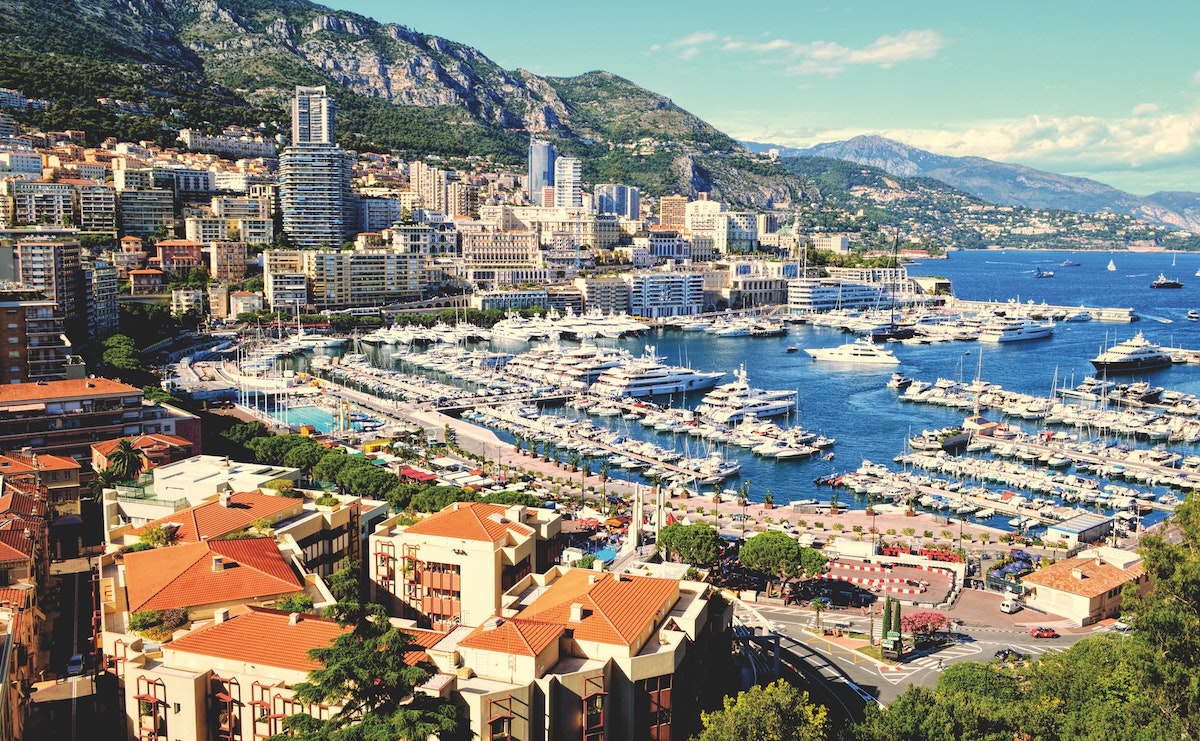
One of the smallest countries in Europe and one of the most densely populated nations in the world, the fancy little nation of Monaco sits on the French Riviera, bordering southern France. Monaco has long had a reputation for being the playground of the rich and swanky.
The nation’s reputation for opulence is seen through institutions such as the Monte Carlo casino, the Monaco Yacht Show and the Monaco Grand Prix – one of the most prestigious automobile races in the world.
One of the most famous areas of the principality is the area of Monte Carlo, lavished with gourmet restaurants, Michelin-starred establishments and, most famous of all, the Monte Carlo casino that’s right up there with gambling establishments such as Las Vegas and Macau.
Aside from pretending you’re James Bond in Casino Royale and trying your luck with a few casino games, the building itself is a wonder to behold. Built in the Beaux-Arts style, there are huge onyx pillars, breathtaking chandeliers and a plethora of artwork adorning the walls.
Known for its over-the-top lavishness, Monaco is a shopping mecca and if that’s your thing, a shopping trip through the principality will not leave you disappointed, albeit maybe a bit skint! From jewellery stores, perfume shops and an endless stream of designer stalls, Avenue de Monte-Carlo is the perfect place to splash some cash.
How To Get To Monaco
Monaco lies along the southeast coast of France, only 15km west of the Italian border. The fastest and most common way of getting to Monaco is to fly to the French city of Nice, which is only a half-hour drive from the microstate.
From here, you can either catch the airport shuttle bus or organise a private taxi transfer to make the drive eastward. Monaco is also connected to France and Italy via rail, with the Monaco train station conveniently situated in the centre of the city.
7. Vatican City 0.49km² (o.19 sq mi)
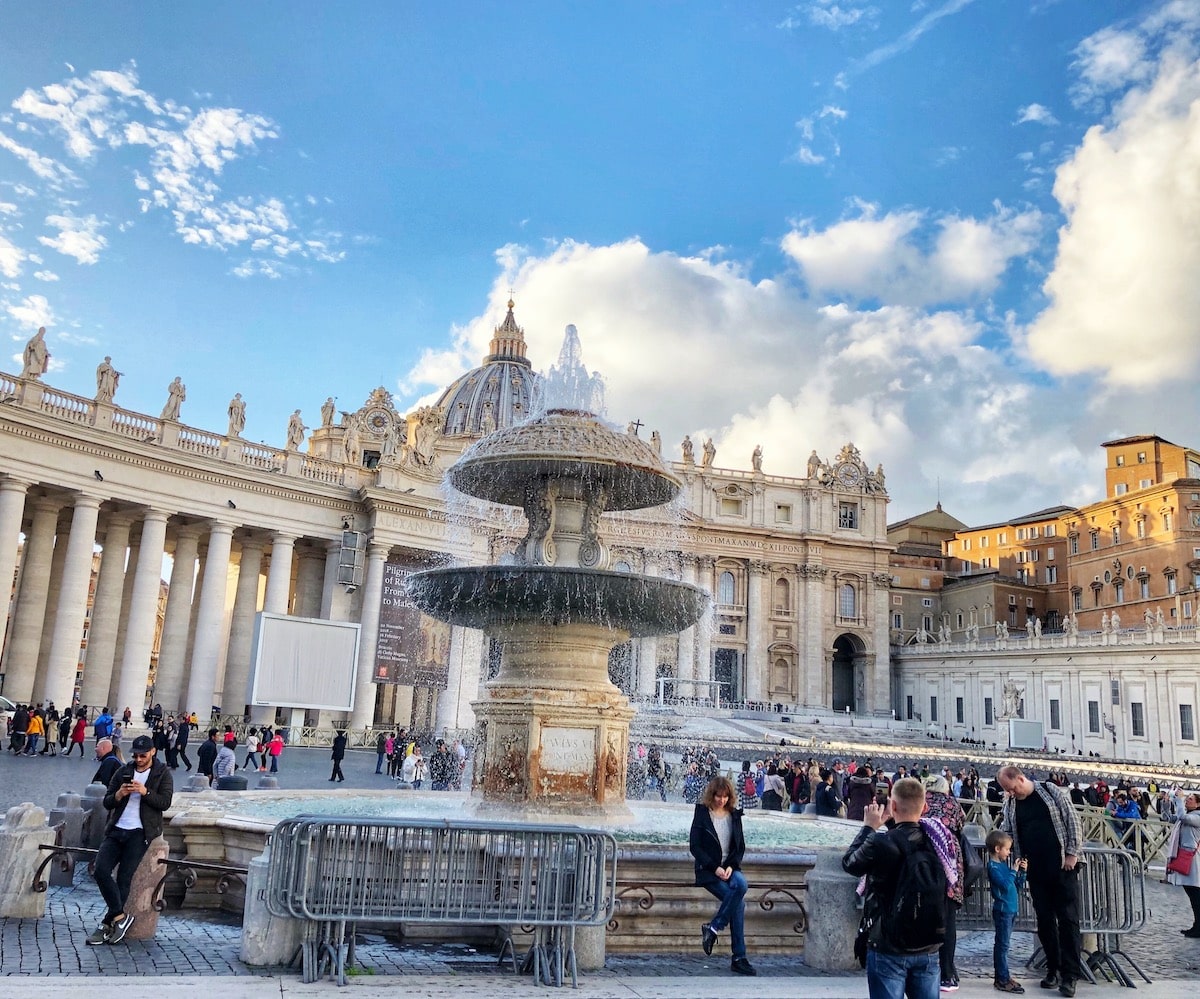
The Vatican City is not only one of the smallest countries in Europe but also takes the title of the smallest country in the entire world, coming in at only 1/8th of New York City’s Central Park in size; the microstate of Vatican City is so small that it actually sits within the city of Rome.
The Vatican City is one that is tied firmly with a religious organization, in this case, the Catholic Church. Its entire population is only 453 and all are linked with the Catholic Church.
One of the top highlights in the Vatican City has to be St Paul’s Basilica, the centrepiece of the Vatican. Built between the 16th and 18th centuries, St Paul’s Basilica is a jaw-dropping collection of architecture and interior design, having been crafted by a collection of famous artists.
As soon as you walk in there are sculptures by the famous Italian sculptor Bernini and mosques by Giotto. Entering the huge nave of the Basilica, there stands Michelangelo’s famous Pietà.
Another must-see is, of course, the Sistine Chapel, the Pope’s domestic chapel which was built in the mid-15th century. Many of the Renaissance frescoes that are here were famously painted by Renaissance artist Michelangelo.
The side walls are covered with biblical frescoes by other notable artists such as Perugino, Botticelli, Rosselli, Pinturicchio, Signorelli, and Ghirlandaio.
Stepping out onto the streets of Vatican City will take you to another famous spot, Piazza San Pietro (St. Peter’s Square). This is famous for crowds gathering to hear speeches by the pope or where senior cardinals elect a new pope and pretty much all of the Vatican City is dedicated to Catholicism and its institutions.
How To Get To Vatican City
Vatican City is located in the Italian capital of Rome. The easiest and quickest way to get to the tiniest of European countries is to fly straight to Rome. Not all of the Vatican City is open to visitors, only the Vatican Museums, St Peter’s Basilica, or a guided tour of some of the gardens.
8. Cyprus 5,896 km² (2,276 sq mi)
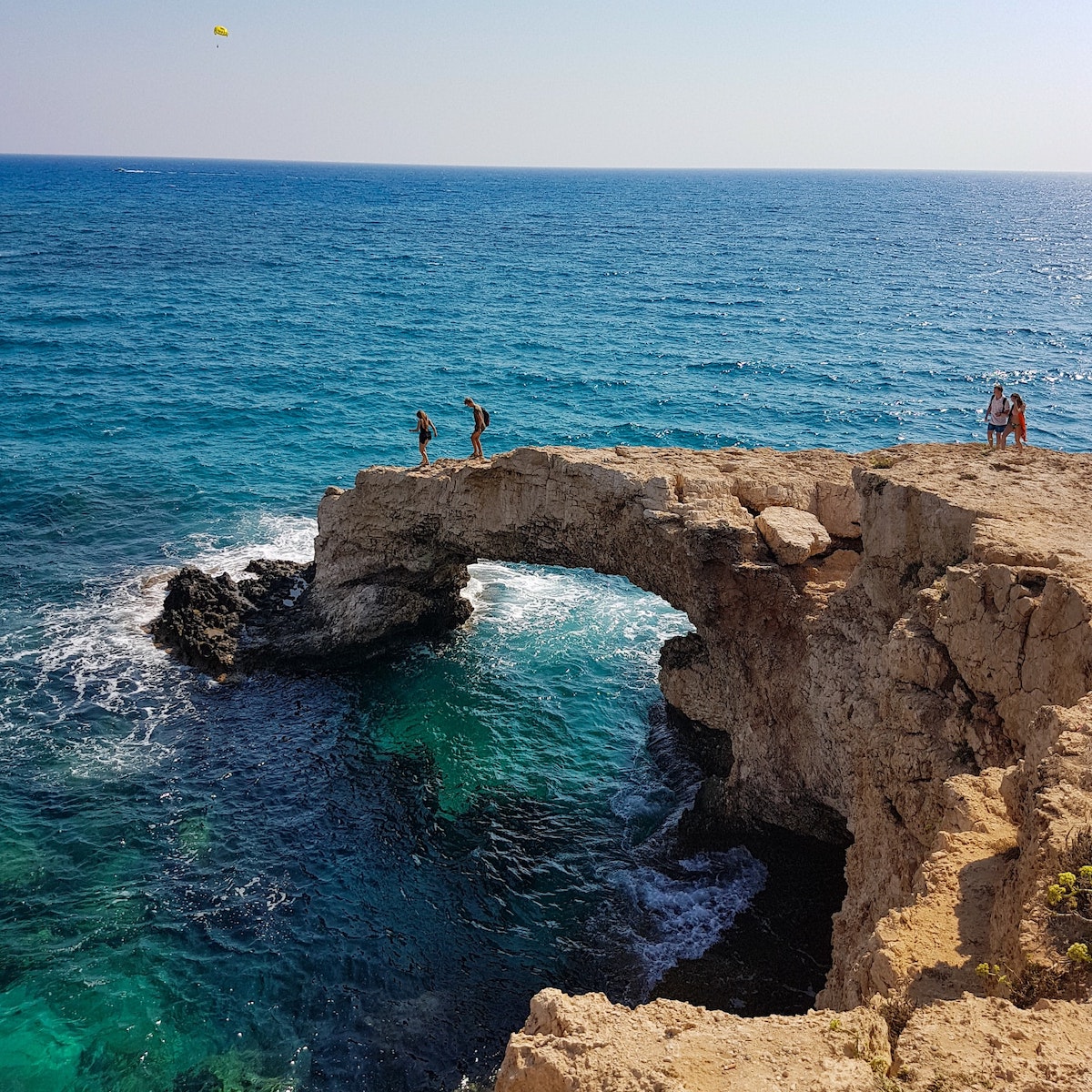
The island nation of Cyprus lies within the eastern Mediterranean, flanked by Turkey to its north and Lebanon and Syria to its east. Drawing culturally from many influences, both Greek, Turkish and middle eastern cultures can be found throughout the island; a homogamy of nations that has given birth to the Cypriote identity.
Despite being one of the smallest countries in Europe, Cyprus is the third most populous and third largest island in all of the Mediterranean.
Cyprus is a melting pot of Mediterranean cultures; a mixture of Greek, Middle Eastern and Turkish influences. Travelling through the country allows you to experience the laid-back feel of a Med’ island, blending with an ancient history and tasty Cypriot cuisine.
You’ll find a mix-match of coastal resorts and small villages to choose from, with very few major cities to speak of. Often seen as a holiday resort destination, there is so much more to the country than its mega-hotels and private beaches.
Alongside the natural beauty of Cyprus, there are also a number of UNESCO World Heritage sites scattered across the island. One of the most famous of these is the town of Paphos on the west of the island.
Here, you can see the ruins of the ancient site of Paphos, complete with buildings, statues and all manner of references to the ancient world. Thought to be the mythical birthplace and home of Aphrodite, there are numerous shrines and ruins dedicated to the goddess here.
Cyprus is split into two parts and has an official border. Something for you to consider if you visit, Northern Cyprus (AKA Turkish Republic of Northern Cyprus) is a self-declared state which is only recognised by Turkey. You should keep an eye on current events if you would like to cross the border as even though it’s relatively easy to cross, there are often tensions due to a bitter history between the two sides.
How To Get To Cyprus
Cyprus can be found in the eastern Mediterranean, 40 miles south of Turkey and 60 miles west of Syria, making it an island cut off far out to sea. Based on this, the quickest and easiest way to get to Cyprus is by air.
Cyprus has two main international airports, Larnaca International Airport (LCA) on its southeastern coast and Paphos International Airport (PFO) on the island’s southwestern coast. Both enjoy direct flights from most major locations across Europe.
Are The Smallest Countries in Europe Worth The Effort?
I absolutely loved my tour of the smallest countries in Europe. They seemed to stand apart in their own way while also blending into their neighbours, with subtle nuances and unique personalities displayed within each tiny country.
After travelling in some pretty run-down regions of the world, it really wasn’t much of an “effort” at all, just a pleasure and one thing that they had in common was that they were all extremely safe (I guess small populations equals lower crime rates, also it helps that most of the citizens are rich as f**k!)
Some posts online complained about them being boring – I guess it depends on what you are looking for. If your aim is to write my paper on the political dynamics and cultural diversity within Europe, then visiting these countries can provide unique insights and perspectives.
It’s difficult for me to pin down a particular favourite. Liechtenstein and San Marino both stand out brightly in my memory, but that could be because 2 good friends who I hadn’t seen in ages, separately travelled there to meet me for a much-needed catch-up and a mutual desire to try the local esoteric wines.
None of the nations was bad in any distinct aspect, and I only have good vibes when it comes to thinking about the smallest countries in Europe. Give it a go for yourself and see if any of these tiny nations steal your heart.

